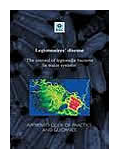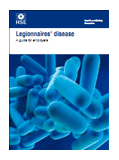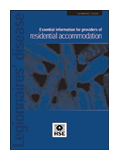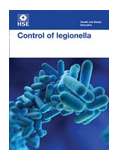Welcome to the Home of Clarity
At Clarity we offer our clients clear and concise services that include professional Legionella and water hygiene management, control and prevention. We are based in Swindon but deliver our services to organisations and individuals nationwide. We have clients accross a range of sectors including the Ministry Of Defence, local hotels, private healthcare, nursing and residential homes, governmental and commercial premises.
All businesses must take appropriate measures to protect their staff, customers and the public against the risk of Legionnaires Disease. This is controlled by UK Health and Safety Legislation and there is a Code of Practice and Guidance called L8, designed to help businesses meet their legal obligations. The guidance includes:
- Identifying risk areas.
- Checking conditions will not encourage Legionella bacteria growth.
- Maintaining records of when and where temperature checks were taken. Providing schematic drawings of your plumbing system.
- Having a person specifically responsible for overseeing Legionella compliance.
Trust Clarity as independent specialists to help you meet your legal requirements with our dedicated account responsibility.
Our aim is to provide clear and concise value for money services that continually exceed client expectations. We help you to maintain the latest water management technological developments and knowledge as well as meet your legislative requirements.
We are commited to continuous client communication, and improvement helping you through focused training and education programmes.
Call us today on 01793 526490 for Clarity.
Contact Us
![]() Clarity Assessment Specialists
Clarity Assessment Specialists
Environmental Ltd
Unit 19
Glenmore Business Park
Southmead Close
Swindon
Wiltshire
SN5 7FP
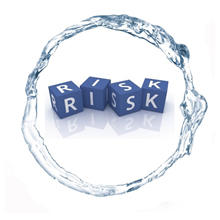
Our Services
Legionella risk assessments are your first step in total water hygiene, monitoring and management control.(ACoP L8) Legionnaires' disease The control of legionella bacteria in water systems applies to the risk of legionellosis and was first approved in 1991 by the Health & Safety Commission under the Health & Safety at Work etc Act 1974.
ACoP L8 Legionella Risk Assessments:
This legal requirement will be delivered with full understanding, risk and responsibility awareness from our professional surveyors. Ensuring that you are completely aware of where we are and where we need to be, with our clear reports and concise individual delivery. Our full comprehensive reports include condition survey reports, risk evaluation, asset registers, schematic and system details, prioritised planning of control measures and remedial works ensuring your duty of care is upheld.
Tank Cleaning and Disinfection:
Water storage tanks must be inspected regularly to ensure cleanliness and hygiene - neglected tanks and reservoirs are high risk areas for the spread of the potentially fatal legionella bacterium and other types of bacteria that can proliferate in stagnant conditions. Clarity will inspect, and if necessary, clean and disinfect your cold water storage tanks and down services to ACoP L8 and BS6700 standards.
Water Hygiene Monitoring & Management:
Clarity will develop a comprehensive program to help evaluate and reduce those health related risks arising from water systems and to ensure regulatory compliance. Our legionella management services can be tailored to meet the requirements of each individual customer.
Microbiological Testing:
We provide various bacteriological analyses of water systems. Whether this is to determine suitability for drinking purposes, domestic use of hot and cold systems through to comprehensive TVC, E.coli and Legionella analysis.
Sampling for Legionella bacteria will help demonstrate that control of the water systems is being achieved, in order to comply with ACoP L8.
ACoP L8.Education & Training:
Clarity will provide free on-site awareness for individuals who have a legal obligation to manage the risk of Legionella under Health and Safety Law. Where more understanding is required, a introduction to intermediate level is delivered to employers, building owners, building operators, landlords, hoteliers and residential or nursing accommodation providers or any individuals who have a legal obligation to manage the risk of Legionella under Health and Safety Law. If its entry level or complete training you require, please do not hesitate to contact us.
Contact Us
![]() Clarity Assessment Specialists
Clarity Assessment Specialists
Environmental Ltd
Unit 19
Glenmore Business Park
Southmead Close
Swindon
Wiltshire
SN5 7FP
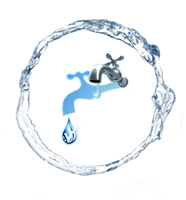
Our Company
Clarity Assessment Specialists are independent consultants dedicated to improving your water hygiene and reducing your legionella risk.
Our clients have reinforced our growing company with our reputation for high standards of service and cost effective solutions.
We achieve client satisfaction by offering independent advice that is based on many years experience across many industry sectors and up to date training and education.
By facilitating major organisations from the MOD, health and leisure industries through to small independent buildings our experience has accumulated to provide knowledge to apply Legionella management and water quality in any work place.
"....excellent value for money with a quick and effective service..."
Brilliant Stages
"Clarity have provided us with clear reports, support and guidance"
Acorn Services
Contact Us
![]() Clarity Assessment Specialists
Clarity Assessment Specialists
Environmental Ltd
Unit 19
Glenmore Business Park
Southmead Close
Swindon
Wiltshire
SN5 7FP
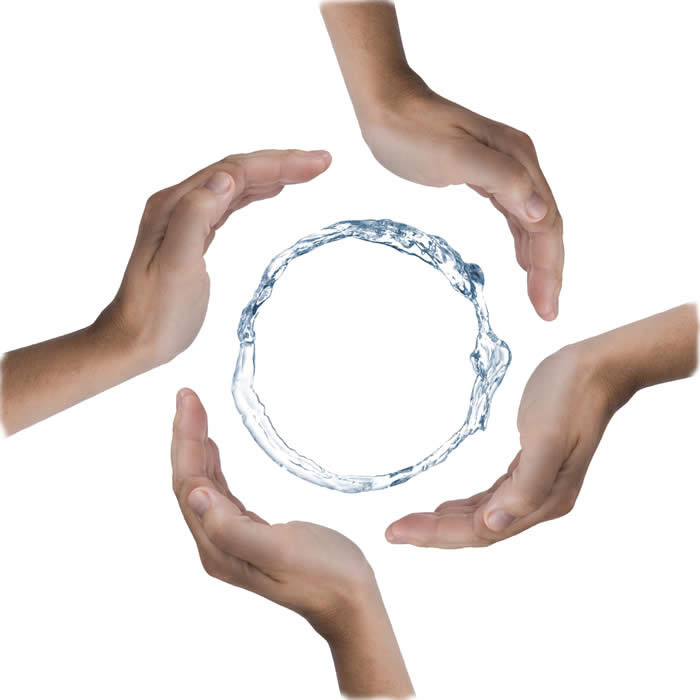
Some industry links you may find useful
The bacterium that causes Legionnaires' disease is widespread in nature. It mainly lives in water, for example ponds, where it does not usually cause problems. Outbreaks occur from purpose-built water systems where temperatures are warm enough to encourage growth of the bacteria, this can include cooling towers, evaporative condensers, spas, Jacuzzis and from water used for domestic purposes in buildings such as hotels.
The Legionella Control Association - www.conduct.org.uk
The Water Management Society - www.wmsoc.org.uk
British Association for Chemical Specialities - www.bacsnet.org
Health and Safety Executive - www.hse.gov.uk
Chartered Institution of Water and Environmental Management - www.ciwem.org.uk
Drinking Water Inspectorate - www.dwi.gov.uk
Department of the Environment, Transport and Regions - www.environment-agency.gov.uk
Office of the Water Regulator (Ofwat) - www.ofwat.gov.uk
Water Research Centre (WRc) - www.wrcplc.co.uk
Water UK (the water industry trade association) - www.water.org.uk
Contact Us
![]() Clarity Assessment Specialists
Clarity Assessment Specialists
Environmental Ltd
Unit 19
Glenmore Business Park
Southmead Close
Swindon
Wiltshire
SN5 7FP
Approved Code of Practice (ACoP) and Guidance
"Legionnaires' disease: The control of legionella bacteria in water systems"
Guidance
28 - Before any formal health and safety management system for water systems can be implemented, a risk assessment has to be carried out to decide the possible risks. The purpose of the assessment is to enable a decision to decide:
- (a) the risk to health, i.e. whether the potential for harm to health from exposure is reasonably foreseeable unless adequate precautionary measures are taken;
- (b) the necessary measures to prevent, or adequately control, the risk from exposure to legionella bacteria.
29 - The risk assessment also enables the person on whom the statutory duty falls to show that all the pertinent factors, and the steps needed to prevent or control the risk, have been considered.
30 - In conducting the assessment, the person on whom the statutory duty falls needs to have access to competent help and advice. Further guidance on this is in paragraph 44. This source of advice may not necessarily be within the person's organisation but may be from a consultancy, water treatment company or a person experienced in carrying out risk assessments. Employers are required to consult employees or their representatives about the arrangements for getting competent help and advice (see paragraph 17).
31 - It is the duty of the responsible person (see paragraph 39) to make reasonable enquiries to ensure that organisations such as water treatment companies or consultants, together with personnel from the occupier's organisation, are competent and suitably trained and have the necessary equipment to carry out their duties within the written scheme in a safe and adequate manner. Further guidance on this is in paragraphs 44–46 and 50.
Carrying out a Risk Assessment
32 - A number of factors are required to create a risk of acquiring legionellosis, such as:
- (a) the presence of legionella bacteria;
- (b) conditions suitable for multiplication of the organisms eg suitable temperature (20°C–45°C) and a source of nutrients eg sludge, scale, rust, algae and other organic matter;
- (c) a means of creating and disseminating breathable droplets eg the aerosol generated by a cooling tower or shower; and
- (d) the presence (and numbers) of people who may be exposed, especially in premises where occupants are particularly vulnerable, eg healthcare.
33 - While there will inevitably be common factors associated with the many and varied types of premises being assessed, the individual nature of each site should be taken into account. In complex systems or premises, a site survey of all the water systems should be carried out and should include an asset register of all associated plant, pumps, strainers and other relevant items. This should include an up-to-date drawing/diagram showing the layout of the plant or system, including parts temporarily out of use. A schematic diagram would be sufficient. It should then be decided which parts of the water system, for example, which specific equipment and services, may pose a risk to those at work or other people.
34 - The following list contains some of the factors which should be considered, as appropriate, when carrying out the assessment:
- (a) the source of system supply water, for example, whether from a mains supply or not;
- (b) possible sources of contamination of the supply water within the premises before it reaches the cold water storage cistern, calorifier, cooling tower or any other system using water that may present a risk of exposure to legionella bacteria;
- (c) the normal plant operating characteristics; and
- (d) unusual, but reasonably foreseeable operating conditions, for example breakdowns.
35 - Where there is a risk, the significant findings of the assessment should be recorded (if there are five or more employees). In any case, it may be necessary to record sufficient details of the assessment to be able to show that it has been done. The record of the assessment should be linked to other relevant health and safety records and, in particular, to the written scheme referred to in paragraph 53.
36 - Employers are required to consult employees or their representatives on the identified risks of exposure to legionella bacteria and on the measures and actions taken to control the risks. The employees should be given an opportunity to comment on the assessment and control measures and the employer has to take account of these views. It is therefore important for employers to publicise to employees that a legionella risk assessment has been performed and one means by which employers could ensure that employees are informed of the measures and actions taken to control risks, and have an opportunity to comment on the risk assessment, would be by displaying the appropriate parts of the risk assessment.
37 - It is essential that the effectiveness of the control measures is monitored and decisions made on the frequency and manner of this monitoring.
38 - The assessment should be reviewed regularly (at least every two years) and, whenever there is reason to suspect that it is no longer valid. An indication of when to review the assessment and what needs to be reviewed should be recorded. This may result from, for example:
- (a) changes to the water system or its use;
- (b) changes to the use of the building in which the water system is installed;
- (c) the availability of new information about risks or control measures;
- (d) the results of checks indicating that control measures are no longer effective;
- (e) a case of Legionnaires' disease/legionellosis is associated with the system
Contact Us
![]() Clarity Assessment Specialists
Clarity Assessment Specialists
Environmental Ltd
Unit 19
Glenmore Business Park
Southmead Close
Swindon
Wiltshire
SN5 7FP

